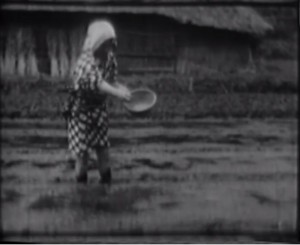
"Documentary: On the life of rural rice farm families in Japan." National Archives.
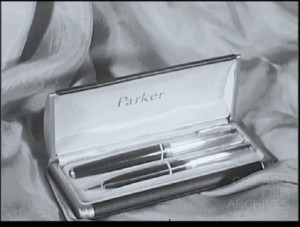
"Short documentary about fountain pen repairs and the process of repairs within a fountain pen hospital. The film begins with a client handing over his pen to the receptionist. From there the pen goes to Robert "Doc" Davis, who performs a nine point check-up on the pen. This is followed by exploded views of various pen models, including the Schaeffer Triumph, Parker 51 and the Eversharp Skyline. Last, the film shows how gold lettering is used on both pends and leather goods. Outtake scenes of the pen hospital and its employees follows the film." Chicago Film Archives.
"Two popular subjects make up this short amateur film - cricket and aircraft. After scenes of bi-planes, we visit the Ashes 4th Test at Old Trafford in July 1930. After the toss between captains Bill Woodfull and Percy Chapman, the crowd applauds cricketers onto and off the field. This test match fell foul of the Lancashire weather and had to be left drawn, rain stopping all play on the last day." (BFI Player)
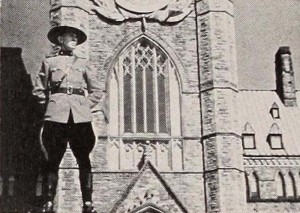
"Sweeping in its conception, stirring in its execution, Then Came the King is a vivid and beautiful epic of honest patriotism. In it, Earl L. Clark has examined the Western way of life, and he has found it good. With elaborate but never exhausting detail, the film traces the history of Canada — and more briefly her American neighbor — from 1800 to the present day. Then, in a world challenged by war and a Canada accused of waning fealty to the Empire, Then Came the King pictures with a magnificent climax the deep and unfaltering affection in which a loyal people hold their rulers. People of all classes and occupations are shown saluting Their Majesties. Sensitively planned and superbly titled, the film very definitely has something to say — and says it with distinction. Viewpoint after viewpoint strikes sensuously on the eye as exactly right for the effect desired. Sequence after sequence marches down the screen with the brave and stirring rhythms of epic poetry. On a few occasions, Mr. Clark's striking imagination has outstripped his straining technical skill, but. from his first frame to his last, the work is stamped unerringly with a fresh and genuine creative spirit." Movie Makers, Dec. 1939, 632.
"They Brought India With Them is the story of many of the natives of India who have moved to South Africa to make their home. This film points out that they didn't take to So. African ways as much as they brought their own ways and customs with them" PSA Journal, Aug. 1967, 37.
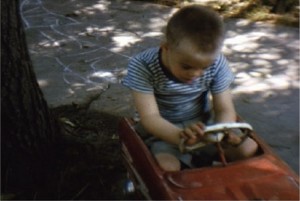
"“Think of Me First as a Person” is a short documentary about a boy with Down Syndrome. The footage was shot on 16mm in the 1960s by the boy’s father, Dwight Core, Sr. The filmmaker’s grandson, George Ingmire, completed the film forty years later. This film explores perceptions about Down Syndrome from multiple viewpoints: the boy, his sister and the father. The sincere tone and heartwarming narration by the father lends a remarkable poignancy to this film. The story that unfolds within this documentary is sure to shed light on both the struggles and blessings of raising a child with special needs." thinkofmefirstasaperson.com
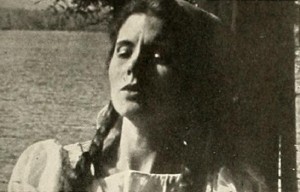
"The prizewinner for color, 'This Side of Paradise,' was in Kodachrome and entered by A. Scott Moorhouse of Toronto, a member of the Toronto Amateur Movie Club. The locale of the subject was the Italian and Swiss mountains and lakes. The decision on color or rather the reaching of it constituted one of the committee's chief headaches. There were some remarkable examples submitted. Mr. Moorhouse has a right to feel proud of his product." American Cinematographer, Jan. 1938, 27.
"Thornwell Orphanage, planned and made by Willis Osborn, is a film study of Thornwell Orphanage, showing the scholastic, industrial and religious training of the youngsters there and presenting a subtle argument for its support. This is a difficult subject because of the problem of selecting significant and coherent action from among the almost endless possibilities. Most welfare films are too discursive and too general in treatment to secure the effect desired. Mr. Osborn has succeeded in avoiding this and has produced a film as coherent and informative as it is well photographed." Movie Makers, Dec. 1932, 560.
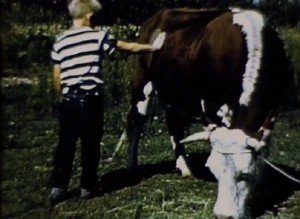
"A documentary what will keep on film those disappearing landmarks of fond childhood memories. Members of the family reenact those wonderful memories. The children are vehicles of a flash back, at play, caring for dolls and pets. The energies of little boys and girls doing things that we may relive as we watch the Tapps' other years. A delightful family picture" PSA Journal, Nov. 1959, 47.
Total Pages: 79